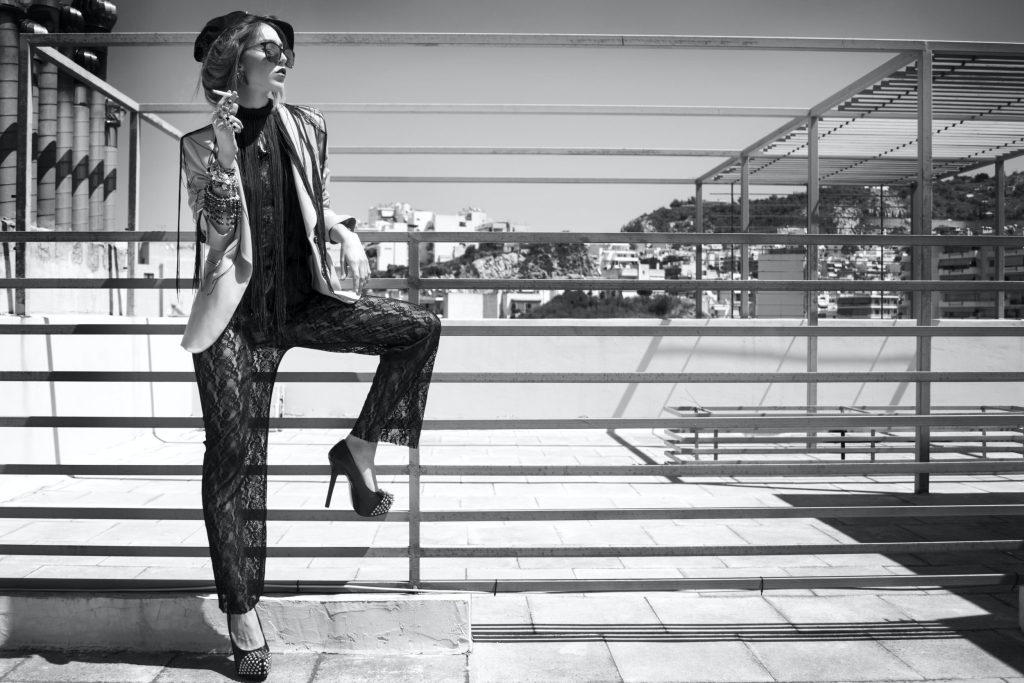
Fashion passes but style remains
Street photography is generally seen as unposed and candid, but there are a few street photographers who will interact with strangers on the streets and take their portraits. Street portraits are classified as portraits taken of strangers in the moment while out doing street photography. They are seen as posed though because there is interaction with the subject.
street photography, a genre of photography that records everyday life in a public place. The very publicness of the setting enables the photographer to take candid pictures of strangers, often without their knowledge. Street photographers do not necessarily have a social purpose in mind, but they prefer to isolate and capture moments which might otherwise go unnoticed.

Numerous photographers, including Alfred Stieglitz, Berenice Abbott, and William Eggleston, took photos on the street but did not consider themselves street photographers. Stieglitz, for example, photographed the streets of New York City and Paris at the turn of the 20th century during inclement weather, the effects of which were captured in his images. Abbott took a different approach: in the 1930s she documented urban architecture from below, emphasizing the contrast of light and dark and the magnitude of the built environment. Eggleston elevated colour photography to a fine art in his large-scale pictures of everyday, common places, people, and things often found in public or on the street. Though he was influenced by many of those who influenced the street photographers of the 1950s and ’60s, he was not chiefly interested in capturing the spirit of the street.
Some used photographs as an aid to their painting. Painters, sketchers, and photographers alike treated the street as their studio, recording the mundane and the spectacular, the quintessential figures and the bizarre. Artists manipulated their medium as best they could to evoke spontaneity and movement in a static image in two dimensions. Impressionists such as Claude Monet introduced sketchy brushstrokes into their composition to express movement and change over time. Monet also painted the same subject repeatedly from the same perspective but at different times of day to see how the change in light would affect the subject, something a camera could do quite efficiently. At first the camera was seen as a tool that could replace the artist’s hand, but over time the camera’s unique capacities—its instantaneousness and ability to see more than the human eye (and with better focus)—clearly set a photograph apart from a painting and made photography not an adjunt study but rather a distinct medium valuable in and of itself.
